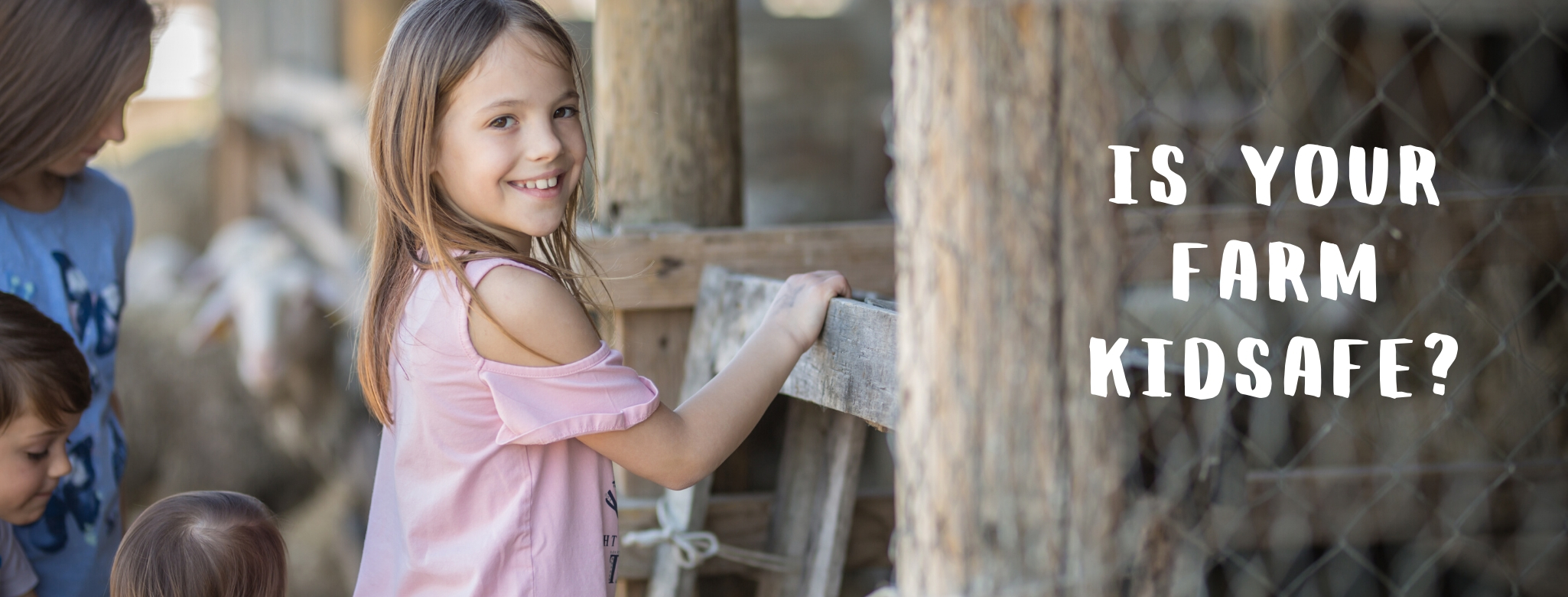
Whether it be country kids who live there or kids from the big smoke who are lucky enough to visit during the holidays, farms provide a great environment for children to live, learn, play and explore. With plenty of wide open spaces to run free, clean, crisp air and so many animals to interact with, it’s easy to see why.
As well as being popular with kids, farms are the backbone of Australia – they produce many of life’s necessities including fresh produce, dairy products, meat and textiles, as well as making an important contribution to the economy.
However, because farms typically combine the family home and an industrial workplace, children are often exposed to a wide range of injury hazards that aren’t present in urban home environments. Some of the most common injury hazards on farms may appear to be ‘regular’ household hazards – when we take a closer look, you can see that they are quite unique. Common hazards include:
- • Vehicles, which include quad bikes, motorbikes and tractors.
- • Water hazards such as dams, tanks, drinking troughs, creeks and irrigation channels.
- • Animals of all shapes and sizes which can kick, crush, bite and scratch (even the little ones!).
- • Poisons such as pesticides, and;
- • Machinery and equipment.
Statistics from the Victorian Injury Surveillance Unit (VISU) show that in 2018/19, 7 Victorian children aged 0-14 years were treated in hospital every week due to an injury that happened on a farm. Data also reveals that children in inner and outer regional areas of Victoria experience higher rates of death, hospital admission and emergency department presentation due to unintentional injuries compared to children in major cities in Victoria.
What can be done to help keep kids safe on farms?
Hazards such as vehicles, machinery, water and animals can’t be permanently removed as they are essential for the day to day operation of a farm (imagine trying to tell the bulls, sheep, pigs or chickens they have to leave!), so it’s important that practical measures are put in place to help protect children.
Setting up a safe play area, as well as ensuring that children are always actively supervised by an adult, are effective ways to separate children from the range of hazards on farms and provide a clear boundary between the home and work spaces. A safe play area should:
- • Be close to the home and clearly visible.
- • Be securely fenced – it’s important to regularly check and maintain the fence and any gates, to ensure they are in proper working order.
- • Have a range of fun and interesting activities to do – it’s important to provide the kids with a range of opportunities to play and challenge themselves, so that the space becomes somewhere the whole family can relax and enjoy.
What about when the kids want to help out around the farm?
All kids will want to do help out on the farm, whether it is collecting the freshly laid eggs, feeding the animals or just tagging along to see what you are up to. As kids get older, they will want to take on more responsibility and new tasks – for parents, it can be tempting to take them up on the offer before they reach the age where it’s a struggle to even get them to make their bed!
Before setting and assigning tasks that the kids can help with, think about what jobs are appropriate for their age and development level. While they may sometimes act mature beyond their years, it’s important to remember that kids aren’t little adults – they don’t have the ability to assess and make decisions about potential hazards which means we can’t expect them to behave in ways adults consider safe, even if they have been given rules to follow or have been in similar situations before.
By putting in place a few practical strategies, we can all help to make sure that living on or visiting a farm is a fun and safe experience for all families.
For more information and tips on keeping children safe on farms, including access to videos, guides and checklists, please click here.

